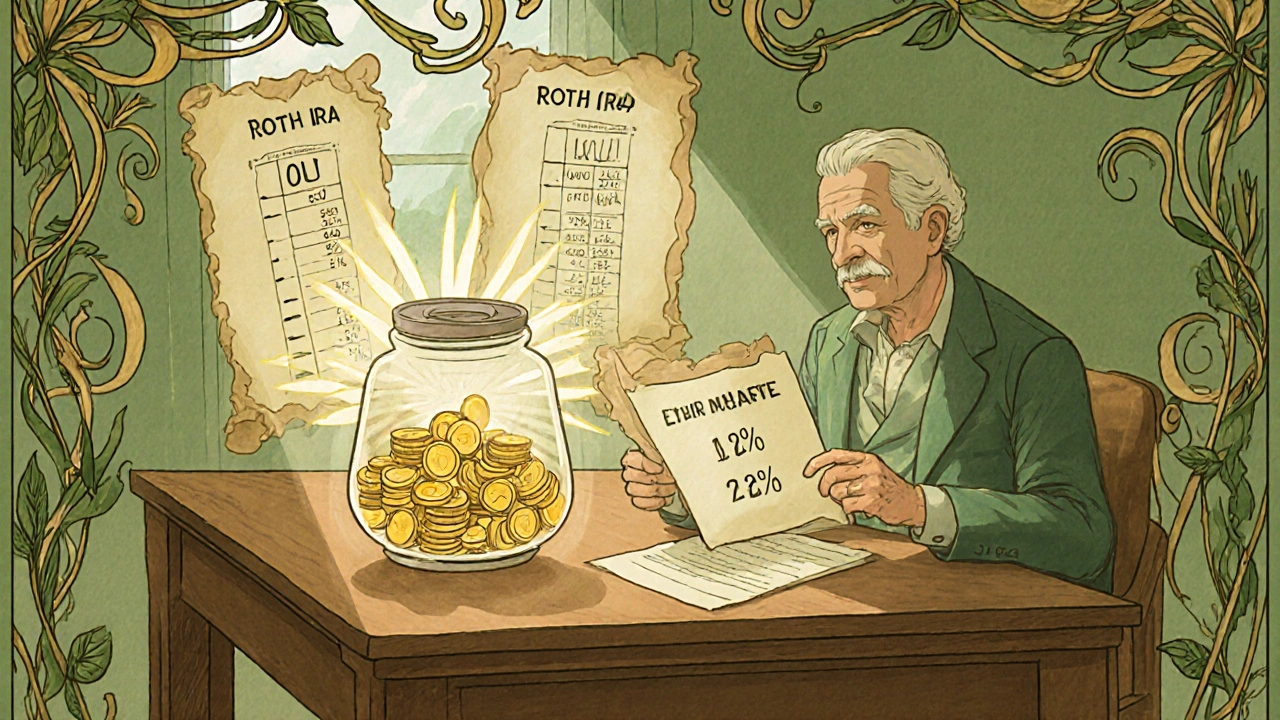Roth IRA Conversion: What It Is, When to Do It, and How It Saves You Money
When you do a Roth IRA conversion, a tax strategy that moves money from a traditional IRA to a Roth IRA, paying income tax upfront in exchange for tax-free growth and withdrawals later. Also known as traditional IRA to Roth IRA rollover, it’s not just a paperwork move—it’s a decision that can change how much money you keep in retirement. Most people assume IRAs are all the same, but the tax treatment of a Roth versus a traditional IRA is a world apart. With a traditional IRA, you get a tax break now but pay taxes when you take money out. With a Roth IRA, you pay taxes now and never pay them again on withdrawals—even if the market explodes.
This matters because tax rates aren’t fixed. If you think you’ll be in a higher tax bracket in retirement—or if you’re in a low-income year after quitting a job, taking a sabbatical, or having a lean business year—a Roth conversion can lock in today’s lower rates. It’s not magic, but it’s one of the few moves that lets you control your future tax bill. And if you’re wondering why anyone would pay taxes now, just think about this: what’s better, paying 22% on $50,000 today, or 24% on $120,000 in 15 years when your investments have grown? The math often leans toward converting now.
But here’s the catch: you can’t just convert without consequences. The IRS treats the converted amount as taxable income. That means it could push you into a higher tax bracket, trigger Medicare surcharges, or even make part of your Social Security benefits taxable. That’s why people often spread conversions over several years. And if you’re not eligible to contribute directly to a Roth IRA because your income is too high, you can still use the backdoor Roth IRA, a two-step workaround where you contribute to a traditional IRA and then immediately convert it to a Roth. This trick is legal, widely used, and built into IRS rules—but only if you don’t have other pre-tax IRA balances. If you do, the pro-rata rule kicks in and complicates everything. That’s why people with mixed IRAs need to plan carefully.
There’s also the issue of timing. Converting during a market dip means you’re paying taxes on less money. Convert when your portfolio is down, and you’re effectively buying Roth space at a discount. That’s not speculation—it’s basic arithmetic. And unlike a traditional IRA, Roth IRAs don’t force you to take money out at 73. That means you can let your money grow tax-free for decades, or leave it to your kids without them facing a huge tax bill.
People think Roth conversions are only for the wealthy. They’re not. They’re for anyone who wants more control over their retirement taxes. You don’t need millions. You just need to understand when the tax math works in your favor. The posts below show real examples: how someone converted $30,000 during a market dip and saved $12,000 in future taxes, how a retiree avoided Medicare surcharges by spreading conversions over three years, and how a freelancer used the backdoor Roth to build tax-free retirement savings despite earning too much for direct contributions.
